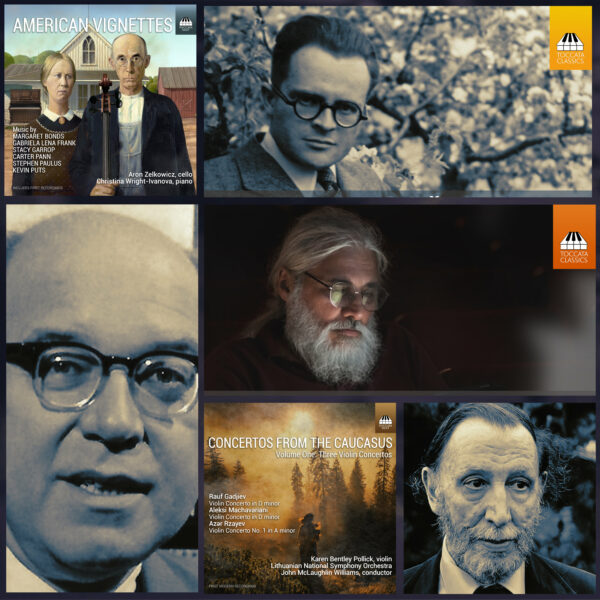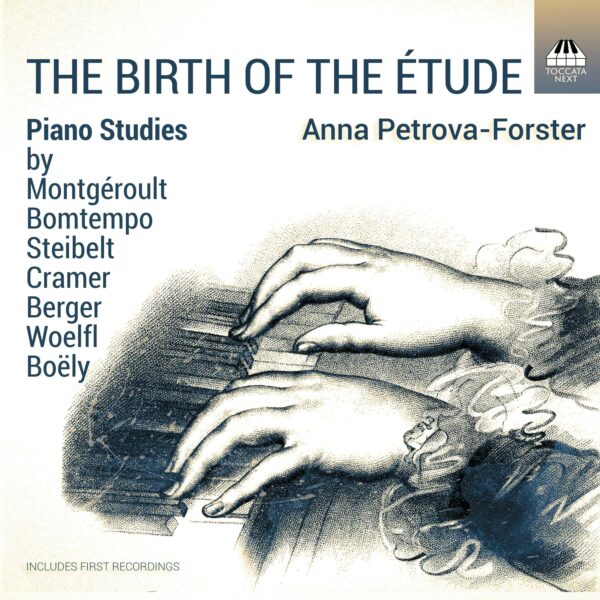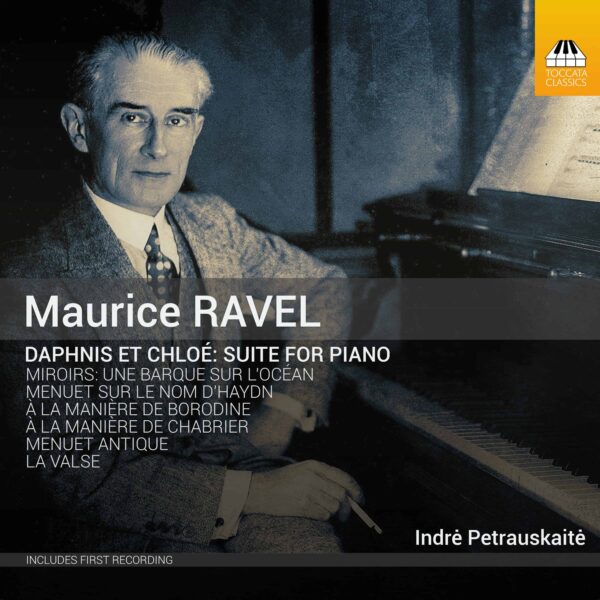Cloches et Carillons
The piano is perhaps better suited than any other instrument to evoke the sound of bells – evening bells, bells of farewell and of joy, funereal bells, bells with spiritual overtones – and late-Romantic and twentieth-century French and Russian composers in particular have responded to the challenge of capturing those sonorities at the keyboard. This recital explores three centuries of pianistic tintinnabulation, and its ability to capture atmosphere and emotion.
Irmela Roelcke, piano
- Les Cloches du soir, Op. 85 (1889)
- Weihnachtsbaum (1873–76, rev. 1881): No. 9, Abendglocken
- Années de Pèlerinage I – Suisse (1837–38, rev. 1848): No. 9, Les Cloches de Genève
- Ave Maria – Die Glocken von Rom (1862)
- Musiques intimes, Op. 29 (1904): No. 6, Glas
- Poèmes des cloches funèbres, Op. 39 (1916): No. 2, Le glas
- I Cloches et clochettes
- II Glas funèbre
- III Cloches triomphales
- Miroirs (1904–5): No. 5, La Vallée des cloches
- Images, Livre II (1907): No. 1, Cloches à travers les feuilles
- Préludes pour piano (1928–29): No. 6, Cloches d’angoisse et larmes d’adieu
- Cloches d’adieu, et un sourire (1992)
- Cloches de joie et larmes de rire (2006)*
- VI Choral
- VII Carillon nocturne
CAMILLE SAINT-SAËNS
FRANZ LISZT
FLORENT SCHMITT
LOUIS VIERNE
FELIX BLUMENFELD
Cloches: Suite pour Piano, Op. 40 (1909)
MAURICE RAVEL
CLAUDE DEBUSSY
OLIVIER MESSIAEN
TRISTAN MURAIL
GILEAD MISHORY
GEORGE ENESCU
Piano Suite No. 3, Pièces impromptues, Op. 18 (1913–16)
*FIRST RECORDING





Textura :
‘One certainly can’t go wrong inaugurating a project with Saint-Saëns, and sure enough Les Cloches du soir provides an excellent entry-point. […]
The bells Roelcke heard ringing every morning from the church bell towers in Heidelberg where she grew up clearly left a deep and lasting mark on her psyche. How interesting that decades later the theme would be taken up so fervently by the pianist, and how lucky we are she did so when every piece is given a refined reading. At eighty-three minutes, there’s much on Cloches et Carillons to give one’s attention to and also much to be rewarded by.’
—Textura